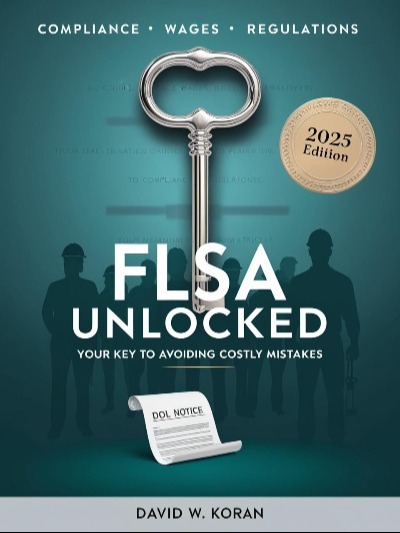Cost-Control Strategies in FLSA Litigation
Effectively managing the costs associated with Fair Labor Standards Act (FLSA) litigation is crucial for any employer. Given the complexities of wage and hour laws, proactive measures are essential to mitigate potential financial risks. This is where engaging services like FLSA Audit LLC can provide significant value. By conducting thorough internal audits and early case assessments, employers clearly understand their potential exposure before embarking on costly legal battles. This strategic approach allows for informed decision-making, including the option of early settlement when liability is evident, ultimately saving time and resources.
Beyond initial assessments, maintaining robust recordkeeping and implementing clear, compliant wage policies are fundamental cost-control strategies. Accurate time records, well-defined employee classifications, and documented policies not only demonstrate a commitment to compliance but also serve as strong defenses in potential litigation. Furthermore, strategically limiting discovery costs, exploring arbitration agreements, and selectively utilizing expert witnesses can significantly reduce the financial burden of FLSA lawsuits. By leveraging settlement discussions and understanding the nuances of private versus court-approved settlements, employers can navigate these complex legal situations with greater efficiency and minimize the overall impact on their bottom line.
1. Early Case Assessment
- Conduct an internal audit before engaging in full litigation to assess potential exposure.
- Evaluate risks (merit of the claims, potential damages, and likelihood of class certification).
- Consider settlement early if liability appears strong.
2. Strong Recordkeeping & Policies
- Maintain accurate time records (hours worked, overtime, breaks).
- Ensure wage policies are clear, documented, and compliant with federal and state laws.
- Audit classification of employees (exempt vs. non-exempt, independent contractors vs. employees).
3. Limit Discovery Costs
- Narrow the scope of discovery (request reasonable limits on document production).
- Use technology-assisted review for document production to reduce attorney hours.
- Push for early resolution of discovery disputes to avoid excessive motions practice.
4. Consider Arbitration Agreements
- If feasible, implement mandatory arbitration agreements with class-action waivers to avoid collective action claims.
- Ensure arbitration agreements are enforceable under federal and state laws.
5. Strategic Use of Expert Witnesses
- Use wage & hour experts selectively (only when the potential damages justify the cost).
- If a case has strong factual defenses, consider opposing the use of plaintiff’s experts to limit costs.
6. Leverage Settlement Discussions
- Mediation or direct negotiations can resolve cases at a lower cost than full litigation.
- Offer structured settlements to spread payments over time.
- Use confidential settlements to minimize risk of future claims.
Settlement Approaches
1. Early Settlement vs. Litigation
- If the evidence is strong against the employer, settling early can reduce legal fees and potential penalties.
- If there are weak or questionable claims, pushing for dismissal or early summary judgment may be a better option.
2. Negotiating Favorable Terms
- Lump-sum vs. structured settlements (structured can ease financial burden).
- Confidentiality clauses (to prevent reputational damage).
- Non-admission of liability language (to avoid setting precedent for future claims).
3. Private Settlements vs. Court-Approved Settlements
- Private settlements are faster but may not be enforceable unless supervised by the Department of Labor or a court.
- Court-approved settlements provide full legal closure but may become public record.
Bottom Line
- Early case assessment and recordkeeping are key.
- Limit discovery expenses to control litigation costs.
- Consider arbitration clauses to prevent collective actions.
- Use settlement strategically to minimize financial impact.

